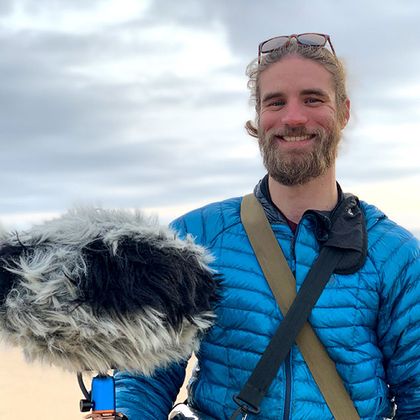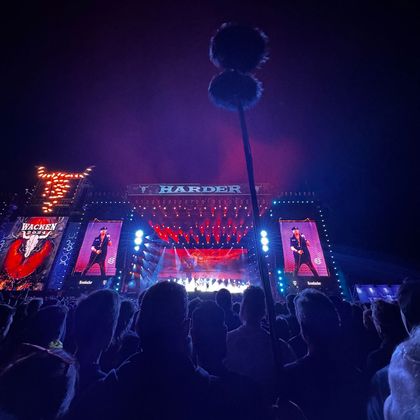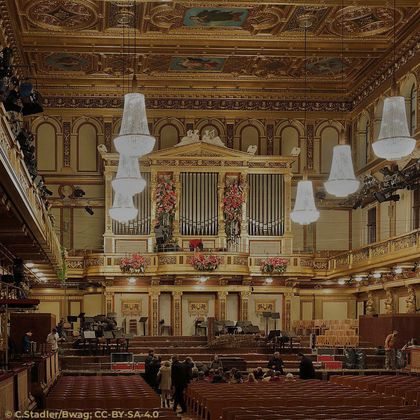For many years Schoeps has been on the forefront of developing and realizing techniques for Surround and immersive audio. Application-oriented solutions are available for many fields of application, e.g. music, sports, 360° videos and VR.
SCHOEPS offers in-depth, individual advice on microphone recording technology for many different spatial audio formats, in person as well as through videos and application descriptions.
For recording music in 5.1.4, 7.1.2 or 7.1.4 using a stereophonic approach, main microphones with spheres such as the “Decca Tree-3D” are used successfully. Arrangements that work with directional microphones are particularly suitable for immersive formats, e.g. OCT-3D, an extension of the well-known OCT method.
The dedicated solution for recording ambient tracks for film or sports events is the already-popular ORTF-3D technique, which achieves a beautiful, open spatial image through optimal signal separation, while maintaining the smallest form factor possible. It is also available in a basket-type windscreen, as a Plug&Play setup.
This technique has also already proved to be ideal as the main microphone in recordings for VR and 360° videos.
You will find a large amount of further information on our YouTube channel and in our articles.






